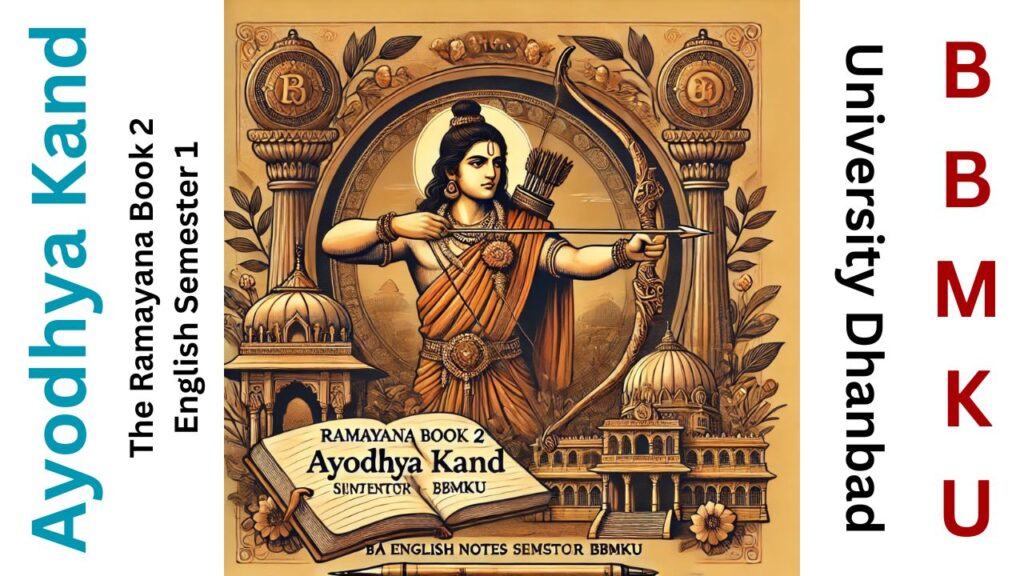Shakuntala is one of the most memorable and celebrated characters in classical Sanskrit literature. She is the protagonist of Kalidasa’s renowned play Abhijnana Shakuntalam (The Recognition of Shakuntala), which beautifully narrates her journey of love, suffering, separation, and ultimate reunion with King Dushyanta. The story, derived from the Mahabharata, presents Shakuntala as a woman of great grace, beauty, devotion, and resilience.
This blog delves deep into Shakuntala’s character, exploring her traits, her transformation throughout the play, and her significance in Indian literary tradition.
Shakuntala’s Origin and Background
Shakuntala is the daughter of Sage Vishwamitra and the celestial nymph Menaka. Her birth is marked by divine intervention, as Menaka was sent by the gods to seduce Vishwamitra, disrupting his deep meditation. After her birth, Menaka abandoned Shakuntala in the forest, where she was discovered and raised by Sage Kanva. Under his guidance, she grew into a virtuous and beautiful maiden, deeply connected to nature and spiritual values.
Shakuntala’s upbringing in the hermitage of Kanva greatly influenced her character, making her kind, gentle, and full of compassion for all living beings. She spent her early years in an environment of peace and devotion, which played a vital role in shaping her personality.
Beauty and Grace
Shakuntala is often described as the epitome of beauty in classical literature. Kalidasa portrays her as an enchanting woman whose charm and innocence captivate everyone who meets her. Her physical beauty is compared to that of divine beings, and her presence is said to illuminate the surroundings. However, her beauty is not merely external—it is complemented by her inner purity, kindness, and humility.
When King Dushyanta first sees her in the hermitage, he is instantly smitten by her radiant charm, which leads to their love story. Her beauty, combined with her serene personality, makes her an unforgettable character in Indian literature.
Love and Devotion to King Dushyanta
Shakuntala’s love story with King Dushyanta is central to the play. Their romance blossoms in the tranquil setting of Kanva’s ashram, where Dushyanta arrives while hunting. Enchanted by her, he expresses his love, and they enter into a Gandharva marriage (a form of marriage based on mutual consent).
Shakuntala’s devotion to Dushyanta is unwavering. She surrenders herself to him completely, believing in his promises of love and commitment. However, her love story takes a tragic turn when she unknowingly offends the sage Durvasa, who curses her, causing Dushyanta to forget her existence. This twist in the plot marks the beginning of her trials and suffering.
Suffering and Strength in Adversity
Shakuntala’s character is tested when she travels to the palace of Dushyanta to claim her rightful place as his queen. Due to Durvasa’s curse, the king fails to recognize her, and she is heartbroken by his rejection. Alone and pregnant, she faces humiliation and despair but remains steadfast in her dignity.
Her pain and sorrow highlight her resilience. Despite being abandoned, she refuses to curse her fate or blame Dushyanta. Instead, she seeks solace in her inner strength and faith. Her suffering ultimately leads to her transformation into a mature and self-reliant woman.
Symbol of Patience and Forgiveness
One of Shakuntala’s defining qualities is her patience and ability to forgive. Even after being forsaken by Dushyanta, she does not harbor resentment or anger. When destiny finally reunites them, she forgives him without hesitation, embodying the virtue of unconditional love and grace.
Her forgiveness is not a sign of weakness but of immense emotional strength. It reflects her wisdom and understanding that human beings are subject to the will of fate and divine interventions. This trait elevates her character beyond just a tragic heroine to a symbol of resilience and benevolence.
Transformation and Reunion with Dushyanta
Shakuntala’s journey comes full circle when the lost ring, which serves as the key to Dushyanta’s memory, is found. This triggers his recollection of their love, and he is filled with remorse for his earlier actions. He sets out in search of her and eventually finds her living in Sage Maricha’s hermitage, raising their son Bharata.
By this time, Shakuntala has evolved into a strong and independent woman, fully devoted to raising her child. The reunion is not just a resolution of their love story but also a testament to her unwavering faith and endurance. The play concludes on a note of redemption, love, and divine justice.
Shakuntala’s Legacy in Literature and Culture
Shakuntala’s character has had a lasting impact on Indian literature, art, and culture. Kalidasa’s Abhijnana Shakuntalam was one of the first Sanskrit works to gain international recognition, and her story has been retold in various adaptations, including paintings, sculptures, and modern literature.
Her character represents an idealized version of womanhood—graceful, loving, patient, and strong in the face of adversity. She embodies the perfect balance between devotion and self-respect, making her a revered figure in literary history.
Conclusion
Shakuntala is more than just a beautiful heroine—she is a timeless symbol of love, sacrifice, resilience, and forgiveShakuntala’s Legacy in Literature and Culture
Shakuntala’s character has had a lasting impact on Indian literature, art, and culture. Kalidasa’s Abhijnana Shakuntalam was one of the first Sanskrit works to gain international recognition, and her story has been retold in various adaptations, including paintings, sculptures, and modern literature.
Her character represents an idealized version of womanhood—graceful, loving, patient, and strong in the face of adversity. She embodies the perfect balance between devotion and self-respect, making her a revered figure in literary history.



